In cold weather, it is common for all tires to experience some pressure changes due to temperature fluctuations. However, it can be concerning if only one tire seems to be losing air.
Possible causes of only one tire losing air faster than the others include tire damage, faulty valve stems, wheel corrosion, or mounting problems.
Tire damage is one of the most common causes of a single tire losing air. Punctures, cuts, or tears in the tire can cause air to leak out.
Faulty valve stems can also cause air to leak out of a tire. Valve stems are responsible for keeping the air inside the tire and are prone to damage or wear over time.
Wheel corrosion or mounting problems can also cause air leaks. In some cases, the tire may not be mounted correctly, which can cause air to leak out of the tire.
It is important to address the issue of a single tire losing air, as it can lead to uneven wear and tear on the tire, decreased fuel efficiency, and even a blowout on the road.
Regular tire maintenance, including checking the air pressure and inspecting the tires for damage, can help prevent issues with tire pressure in cold weather.
Understanding Tire Pressure
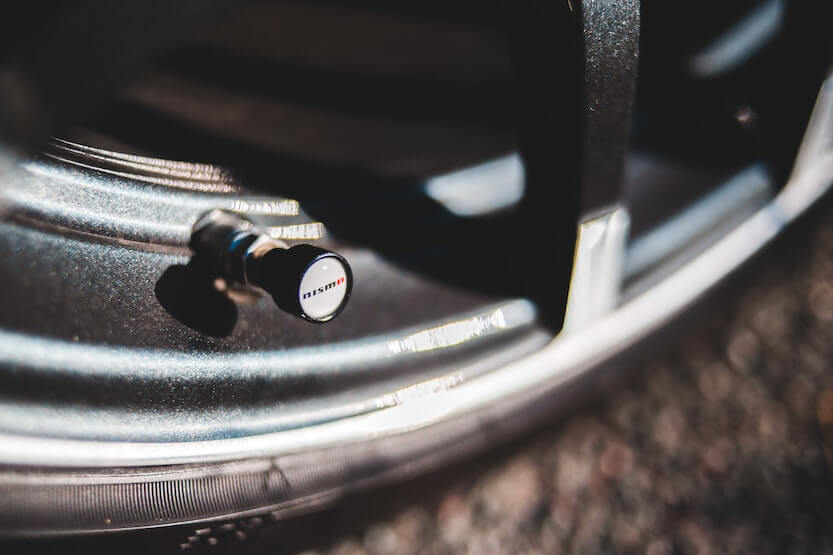
Maintaining proper tire pressure is crucial for safe and efficient driving. Tire pressure is measured in pounds per square inch (PSI), and it is essential to ensure that each tire has the correct PSI. In cold weather, tire pressure can be affected, and sometimes only one tire loses air faster than the others.
To ensure proper tire pressure, it is recommended to check your tire pressure regularly, ideally once a month. A tire pressure gauge is a handy tool that can be used to measure tire pressure accurately. It is essential to use the right tire pressure gauge for your vehicle, as different vehicles require different PSI levels.
The recommended PSI for your vehicle’s tires can be found in the owner’s manual or on a sticker on the driver’s side door jamb. It is crucial to maintain the proper pressure as underinflated or overinflated tires can lead to decreased fuel efficiency, uneven tire wear, and potentially hazardous driving conditions.
It is also important to note that tire pressure can fluctuate with changes in temperature. In cold weather, tire pressure can drop about 1 PSI for every 10-degree Fahrenheit drop in temperature. Therefore, it is essential to check your tire pressure more frequently during the winter months.
Many modern vehicles are equipped with a tire pressure monitoring system (TPMS), which alerts the driver when tire pressure is too low. If the TPMS light illuminates, it is important to check your tire pressure and inflate the tires to the proper pressure.
Effect of Cold Weather on Tires
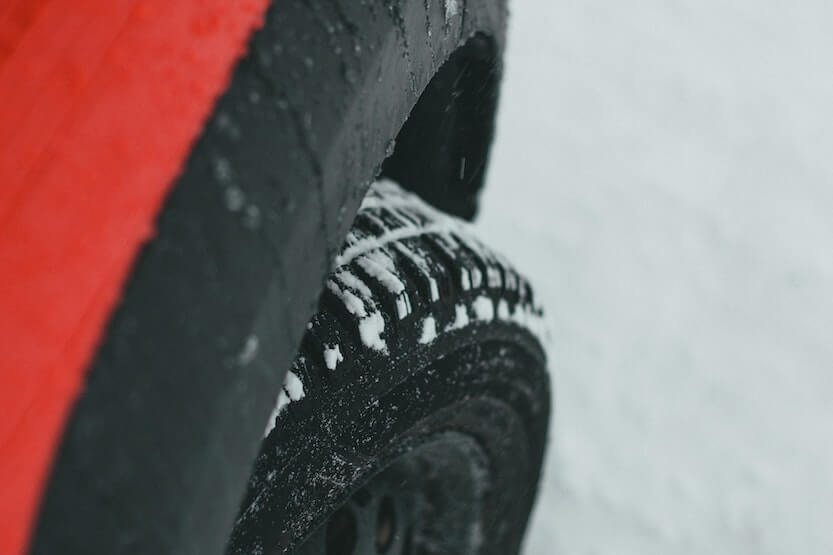
Cold weather can have a significant impact on tire pressure. As the temperature drops, the air inside the tire contracts, causing the tire pressure to drop.
According to Consumer Reports, tire pressure can drop by about 1 pound per square inch for every 10°F drop in air temperature. This means that if the temperature drops from 70°F to 30°F, the tire pressure can drop by as much as 4 pounds per square inch.
When tire pressure drops, it can cause a range of issues, including reduced fuel efficiency, decreased handling and stability, and increased wear and tear on the tires. It can also increase the risk of a blowout or other tire-related issues.
While all tires are affected by temperature changes, it can be concerning if only one tire seems to be losing air. This could be a sign of a more significant problem, such as tire damage, faulty valve stems, or wheel corrosion. In some cases, it could also be due to mounting problems.
If you notice that one tire is losing air faster than the others in cold weather, it’s essential to have it checked by a professional. They can inspect the tire for damage and identify any underlying issues that may be causing the problem.
Regular tire maintenance is also crucial in cold weather. It’s recommended to check tire pressure at least once a month and before any long trips. It’s also a good idea to keep a tire pressure gauge in your car and check the pressure when the tires are cold, as driving can increase tire temperature and pressure.
In conclusion, cold weather can have a significant impact on tire pressure, causing it to drop and potentially leading to tire-related issues.
If you notice that one tire is losing air faster than the others in cold weather, it’s essential to have it checked by a professional to identify any underlying issues. Regular tire maintenance, including checking tire pressure, can help prevent problems and ensure safe driving in cold weather.
Common Reasons for Tire Losing Air
In cold weather, it is common for all tires to experience some pressure changes due to temperature fluctuations. However, if only one tire seems to be losing air faster than the others, it can be concerning. Here are some common reasons for a tire losing air:
- Puncture or Road Hazards: A puncture or road hazard, such as a nail or sharp object, can cause a slow leak or flat tire. If a tire has a puncture, it should be repaired or replaced as soon as possible.
- Valve Stem Issues: Faulty valve stems can also cause air leaks. Valve stems are responsible for holding the air inside the tire and can wear out over time. A damaged valve stem can cause air to escape from the tire.
- Tire Damage: Tire damage, such as cuts, punctures, or sidewall damage, can cause air leaks. If a tire is damaged, it should be inspected by a professional and repaired or replaced as necessary.
- Bead Leak: A bead leak occurs when the tire bead, which is the edge of the tire that sits on the rim, does not seal properly. This can cause air to escape from the tire.
- Mounting Problems: Mounting problems can also cause air leaks. If a tire is not mounted properly, it can cause air to escape from the tire.
- Corrosion or Bent Wheels: Corrosion or bent wheels can also cause air leaks. If the wheel is corroded or bent, it can cause air to escape from the tire.
If only one tire is losing air, it is important to inspect the tire and identify the cause of the problem. If the issue is not resolved, it can lead to further damage to the tire or even a blowout while driving. Regular tire maintenance, such as checking tire pressure and inspecting for damage, can help prevent these issues from occurring.
Is It Normal for One Tire To Lose Air?
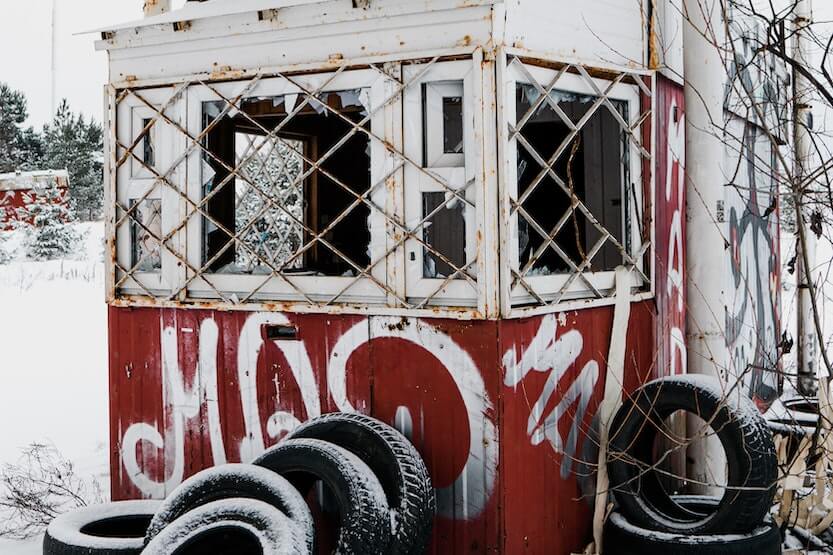
It is not uncommon for one tire to lose air faster than the others, especially during cold weather. The air pressure in tires is affected by temperature changes, and colder temperatures can cause the air inside the tires to contract, leading to a decrease in air pressure.
However, if one tire consistently loses air faster than the others, it could indicate a problem. It is important to identify the cause of the issue and address it promptly to prevent further damage or safety hazards.
There are several reasons why one tire may lose air faster than the others, including:
- Leaking valve stem: The valve stem is responsible for allowing air to enter and exit the tire. If the valve stem is damaged or worn out, it can cause air to leak out of the tire faster than it should.
- Punctured tire: A puncture in the tire can cause air to leak out rapidly. The puncture may be caused by a nail, screw, or other sharp object on the road.
- Damaged wheel: A damaged wheel can cause air to leak out of the tire. The wheel may be bent, cracked, or have a damaged seal, causing air to escape.
- Worn tire: A tire that is worn out or has uneven wear can cause air to leak out faster than the others. This can be caused by improper tire rotation, alignment issues, or driving on underinflated tires.
In conclusion, while it is normal for tire pressure to fluctuate during cold weather, consistently losing air in one tire could indicate a problem. It is important to identify and address the cause of the issue promptly to ensure safety and prevent further damage.
Detecting and Fixing Air Leaks
When only one tire loses air in cold weather, it can be a frustrating issue to deal with. However, detecting and fixing air leaks can be a straightforward process with the right tools and techniques.
One of the most common ways to detect an air leak is by using soapy water. Simply apply a soapy water solution to the wheel and tire, and watch for bubbles to form. If bubbles appear, it indicates that air is escaping from the tire in that area. This method is effective for detecting small leaks that may not be visible to the naked eye.
Once an air leak is detected, the next step is to fix it. One option is to use a plug kit to fill the hole in the tire. This method involves inserting a plug into the hole, which seals the leak and prevents air from escaping. However, it is important to note that plug kits should only be used for temporary repairs and should not be considered a long-term solution.
Another potential cause of air leaks is corrosion on the tire bead. Over time, the tire bead can become corroded, which can prevent the tire from sealing properly and cause air to escape. To fix this issue, the tire bead should be cleaned and inspected for any signs of damage or corrosion.
Inflation is another factor that can contribute to air leaks. If the tire is not inflated to the proper pressure, it can cause the tire to lose air more quickly, especially in cold weather. Using an air pump to inflate the tire to the recommended pressure can help prevent air leaks and ensure that the tire is functioning properly.
In some cases, tire sealant can be used to fix air leaks. Tire sealant is a liquid that is injected into the tire, where it coats the inside of the tire and seals any leaks. This method is effective for small leaks, but may not be suitable for larger or more complex leaks.
Overall, detecting and fixing air leaks in a tire can be a simple process with the right tools and techniques. By using soapy water, plug kits, inspecting for corrosion, proper inflation, and tire sealant, individuals can ensure that their tires are functioning properly and prevent further air leaks.
Preventive Measures and Safety
To avoid experiencing problems with low tire pressure in cold weather, there are a few preventive measures that drivers can take. These measures are essential for ensuring safety and avoiding issues such as blowouts, vibration, tire wear, and reduced fuel efficiency.
Firstly, drivers should ensure that their tires are inflated to the recommended pressure level. This can be found in the car owner’s manual or on a sticker located on the driver’s side door jamb.
It is important to note that the recommended pressure level is based on the weight of the vehicle and the load it carries. Therefore, it is essential to check the pressure level regularly, especially during the winter season.
Secondly, drivers should rotate their tires regularly. This helps to ensure that the tires wear evenly and last longer. It is recommended to rotate tires every 5,000 to 8,000 miles, or as recommended by the manufacturer.
Thirdly, if a driver notices any vibration or unusual wear on their tires, they should take their car to a mechanic. This could be a sign of a more significant problem, such as misalignment or worn suspension components, which could lead to safety issues if not addressed.
Finally, drivers should pay attention to the tire pressure warning light on their dashboard. If this light comes on, it is an indication that one or more tires are low on pressure. Drivers should inflate them to the recommended level as soon as possible to avoid any safety issues.
By following these preventive measures, drivers can ensure that their tires are in good condition and avoid any safety issues related to low tire pressure in cold weather.
To Summarize
In colder months, it’s common for all tires to experience some pressure changes due to temperature fluctuations. However, if only one tire seems to be losing air faster than the others, it can be concerning. Possible causes include tire damage, faulty valve stems, wheel corrosion, or mounting problems.
Air molecules move slower in cold temperatures, which can cause the air inside the tires to contract and lower the tire pressure. For every 10 degrees Fahrenheit of temperature loss, tires can lose one or two PSI. Therefore, it’s crucial to do regular pressure checks during colder months to ensure all tires are properly inflated.
If you’re working at a construction site, it’s even more important to monitor tire pressure regularly. The rough terrain and debris can cause tire damage, leading to air loss. Additionally, aluminum wheels are more prone to corrosion, which can also cause air leakage.
In summary, if only one tire loses air in cold weather, it’s essential to identify the root cause and address it promptly. Regular pressure checks and proper tire maintenance can help prevent air loss and ensure safe driving conditions.

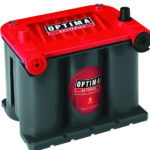


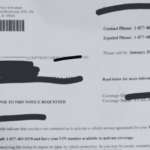

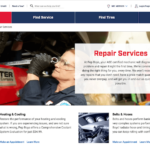
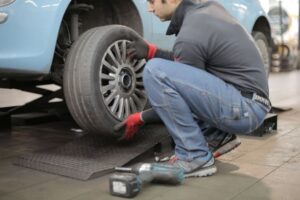
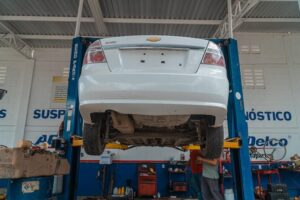
![Read more about the article Where Are Falken Tires Made? [Falken Tire Review]](https://roadsumo.com/wp-content/uploads/2021/06/where-are-falken-tires-made-300x200.jpg)